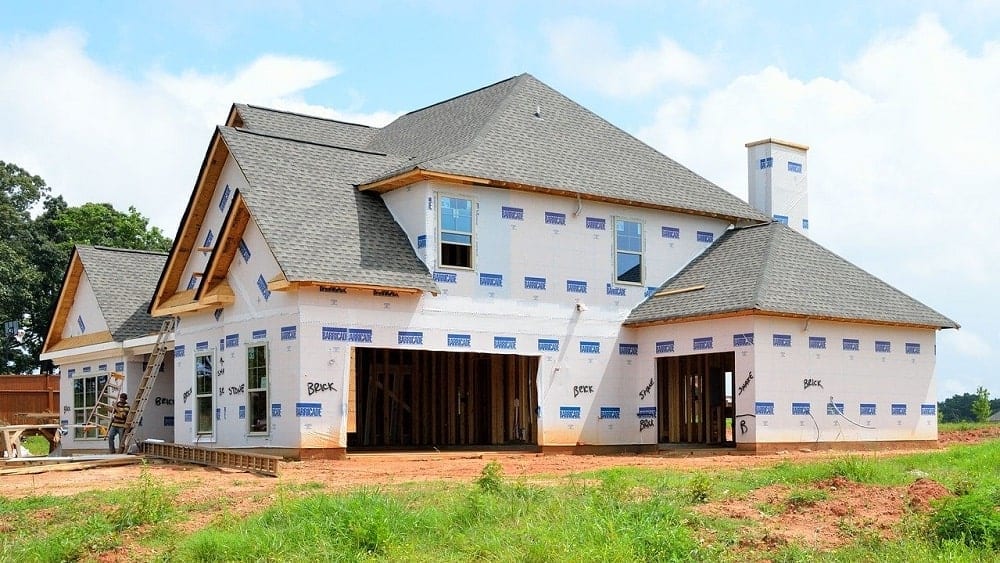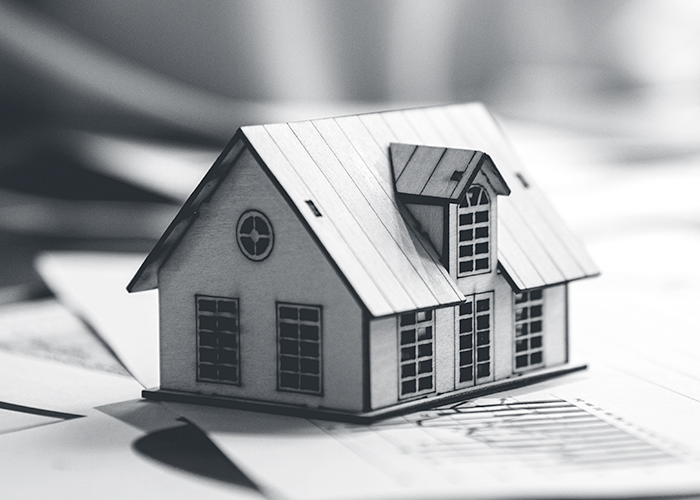Exactly How a General Professional Can Change Your Common Areas Into Functional Spaces
The change of usual areas right into useful areas is a nuanced procedure that needs a basic professional's competence in assessing certain area requirements and designing customized remedies. By thinking about variables such as format, availability, and visual appeal, a specialist can develop atmospheres that not just serve useful objectives yet likewise foster area engagement.
Assessing Current Common Area Needs
When examining common locations, it is necessary to determine and understand the specific demands of the neighborhood they serve. This process begins with a complete analysis of existing use patterns, which entails celebration information walking website traffic, peak usage times, and activities taking location within these areas. Involving with community members through meetings or surveys can supply useful insights into their preferences and challenges.
Next, it is very important to consider the demographic composition of the community, including age, way of living, and any unique demands that might influence just how these rooms are made use of. Families with young youngsters might call for play locations, while older adults may prioritize availability functions.
Additionally, evaluating the existing infrastructure and facilities is important. Identifying locations that are underutilized or in requirement of repair service can notify potential renovations. Working together with stakeholders, such as building managers and regional organizations, makes certain that the assessment reflects a thorough understanding of the neighborhood's needs.
Inevitably, a meticulous examination of existing usual location needs lays the foundation for efficient improvements, permitting the creation of rooms that foster involvement and improve the general top quality of life within the neighborhood.
Creating for Performance and Looks
An extensive understanding of area needs establishes the stage for effective style that balances performance and aesthetics alike areas. Effective design needs a thoughtful approach that takes into consideration both the practical usages of the room and the visual allure that enhances the atmosphere.
Useful design involves creating areas that provide to the specific tasks and interactions of the area. This might include versatile seating setups for events, obtainable paths for individuals with movement obstacles, or designated areas for recreational tasks. Each component must serve a function while ensuring simplicity of activity and convenience for customers.
The option of shades, products, and illumination can dramatically influence the assumption of an area. Furthermore, straightening the design with the area's social identity can promote a feeling of belonging and pride.
Budgeting and Resource Allocation
Reliable budgeting and source appropriation are essential elements in the successful transformation of common locations. A distinct budget outlines the monetary specifications within which the project must run, making sure that prices are regulated and resources are properly used. This starts with a detailed evaluation of task needs, consisting of style elements, products, and labor.

A basic contractor plays a crucial duty in this stage, collaborating with stakeholders to establish reasonable budget plan quotes that align with the designated vision. By prioritizing essential attributes and checking out cost-efficient choices, the specialist can optimize investing without compromising quality.
Source allocation requires strategically designating workers, tools, and materials to various phases of the job (Carmel In Contractor). This needs careful planning to avoid delays and ensure that each component is supplied on time. Furthermore, normal surveillance of expenditures against the budget plan aids to identify prospective overruns early, enabling timely adjustments
Handling Building Process Effectively
Taking care of the construction process effectively is crucial for achieving timely project completion and keeping spending plan honesty. A well-coordinated approach entails thorough planning, clear interaction, and reliable source monitoring. General service providers must establish a detailed project timeline that outlines each phase of building and construction, permitting for the recognition of critical landmarks and potential bottlenecks.
Regular progress conferences are critical for maintaining all stakeholders educated and straightened. These conferences assist in the timely resolution of issues, making certain that the project remains on track. Furthermore, utilizing task administration software program can improve communication, track progression, and handle documents, lowering the probability of delays and misunderstandings.
Effective source allotment is also vital. By making sure that materials, labor, and equipment are offered when needed, general professionals can prevent go to my blog pricey interruptions. Executing an aggressive technique to run the risk of monitoring further boosts efficiency, as it permits the recognition and reduction of prospective challenges before they rise.

Ensuring Conformity and Top Quality Specifications
Conformity and quality requirements are basic to the success of any building task, ensuring that the finished rooms not just meet client assumptions but also comply with regulatory demands. A general specialist plays a crucial function in imposing these standards throughout the building and construction procedure.
First, it is crucial for the professional to remain updated on neighborhood structure codes, safety and security guidelines, and industry ideal methods. This knowledge enables them to guide style choices and material selections that line up with conformity requirements. Regular assessments and high quality evaluations during the construction stage assistance to identify potential concerns early, minimizing costly delays and remodel.
In addition, a reputable basic specialist promotes a culture of high quality among subcontractors and workers. This can be attained by providing training over at this website on compliance protocols and carrying out strict quality control procedures. By developing clear interaction networks, the professional can guarantee that everyone included understands their duties pertaining to compliance and top quality.
Final Thought
To conclude, the function of a general professional in transforming typical areas right into functional rooms is crucial. Via an extensive evaluation of area demands, thoughtful style, precise budgeting, and effective task monitoring, these experts can develop atmospheres that improve use and visual appeal. Adherence to compliance and high quality criteria better ensures that revitalized rooms not only fulfill the expectations of stakeholders however additionally foster interaction and improve the general experience next for all customers within the area.
The makeover of common locations into practical rooms is a nuanced process that needs a basic professional's experience in examining certain neighborhood needs and designing customized remedies. By taking into consideration factors such as design, availability, and aesthetic allure, a specialist can create settings that not only offer practical functions yet also foster community interaction. General contractors need to develop a comprehensive task timeline that describes each phase of construction, allowing for the recognition of potential traffic jams and crucial turning points.
